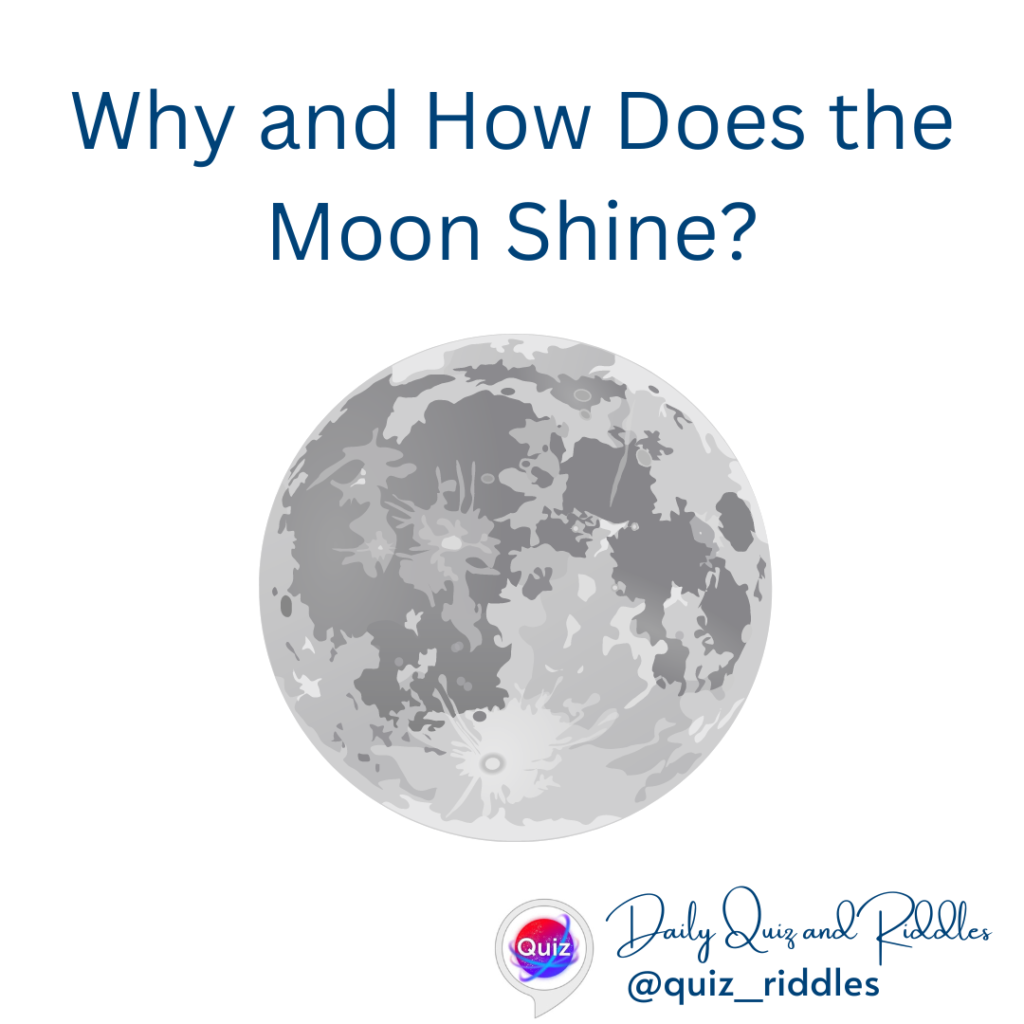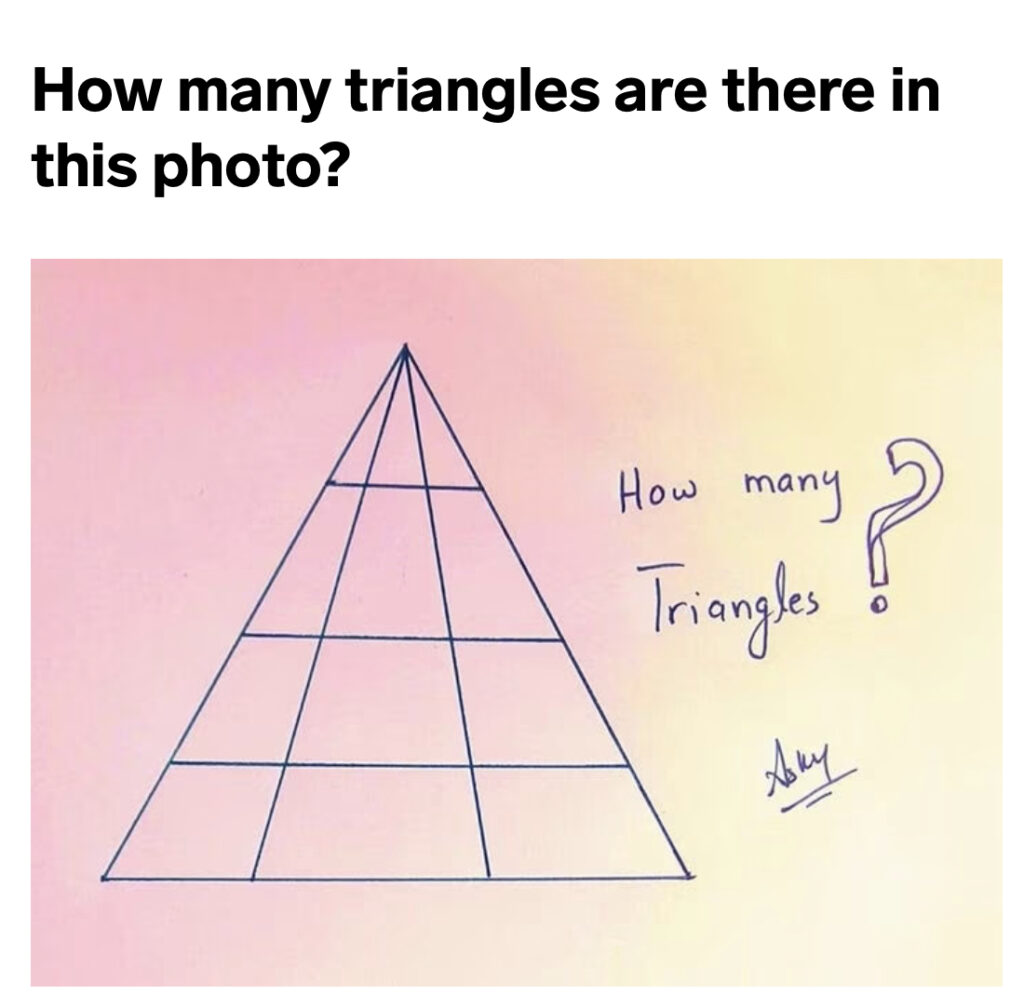Introduction:
Have you ever looked up at the night sky, seen the moon shining brightly, and wondered, “Why does the moon shine? Where does it get its light?” It’s a common question and the answer is as fascinating as the moon itself. Unlike the sun, the moon doesn’t produce any light of its own. Instead, its glow comes from a cosmic game of catch and reflect with the sun’s rays.
Why the Moon Appears to Shine:
The moon shines due to sunlight reflecting off its surface. The sun, a massive source of light and energy, casts its rays across the solar system. When these rays hit the moon’s surface, they are reflected back towards Earth, which makes the moon visible to us as a bright object in the night sky.
The Moon’s Surface: A Perfect Reflector
The surface of the moon is composed of a variety of rocks and minerals, including basalts and highlands that are rich in reflective materials like silica. These materials help reflect sunlight effectively. Despite this, the moon’s overall reflectivity, or albedo, is actually quite low—about 12%, meaning it reflects only 12% of the sunlight that hits it. This is similar to the reflectivity of worn asphalt, and yet, because the moon is in the dark sky and surrounded by space, it appears very bright to us.
Phases of the Moon and Its Shine:
The amount of the moon that we see illuminated varies through its phases, from new moon to full moon and back, over a 29.5-day lunar cycle. During a new moon, the side of the moon facing Earth is not illuminated by the sun and is lost to the night. As the moon orbits Earth, more of the sunlit side becomes visible, leading up to the full moon, when the entire face of the moon opposite the sun is bright and fully visible.
Conclusion:
So, now you know why the moon shines! It doesn’t make any light itself; instead, it acts like a giant reflector in space. The next time you gaze up at the moon, whether it’s a thin crescent or a full orb, you’ll understand that you are seeing sunlight reflected back at you, thanks to the moon’s unique ability to capture and redirect the light of our nearest star.
FAQs:
- Does the moon shine during the day?
- Yes, the moon can be visible during the day if it’s in the right phase and position relative to the Earth and sun. Its visibility, however, is often overshadowed by the brightness of the daytime sky.
- Why does the moon’s brightness vary?
- The brightness of the moon can vary based on its phase and the amount of sunlight it reflects towards Earth. It can also appear dimmer or brighter due to atmospheric conditions on Earth, such as clouds or pollution.
- Can the moon shine from Earth’s light?
- Yes, a phenomenon known as “earthshine” occurs when sunlight reflects off the Earth’s surface and illuminates the darkened portion of the moon. This is most visible during the crescent phase of the moon.



